Enjoying the sun is one of life’s simple pleasures, but it can be hard on your skin. Whether you’re lounging by the pool or enjoying a brisk walk, prolonged exposure to UV rays can lead to dryness, sunburn, and premature aging. Rejûvaskin’s two-step sun care routine offers an easy and scientifically backed solution to keep your skin hydrated and protected—before, during, and after sun exposure.
This blog explains how Rejûvaskin Mineral Facial Sunscreen and Skin Recovery Cream work together to create the ultimate sun care regimen for your skin. Let’s dive into the benefits of each product and how they help your skin stay nourished and healthy after sun exposure.
Step 1: Mineral Facial Sunscreen – Defend Before You Step Outside
The first step in protecting your skin from the harmful effects of the sun is using an effective sunscreen. Rejûvaskin’s Mineral Facial Sunscreen, with SPF 32, uses 20% zinc oxide to physically block both UVA and UVB rays from penetrating your skin. This broad-spectrum mineral sunscreen is ideal for all skin types, including sensitive skin, due to its non-nano formulation. Research has shown that mineral sunscreens like this one provide a physical barrier that reflects UV rays, protecting the skin without the potential irritation associated with chemical sunscreens (Kohanbash et al., 2020).
Why Zinc Oxide? Unlike chemical sunscreens that absorb UV rays and convert them into heat, zinc oxide reflects and scatters UV radiation, preventing it from reaching the deeper layers of your skin. Studies show that this physical barrier is highly effective at reducing the risk of both short-term damage, like sunburn, and long-term effects, such as premature aging and skin cancer (Kohli et al., 2018). As a natural mineral, zinc oxide is gentle on sensitive skin, making it the preferred choice for individuals who experience reactions to traditional sunscreens.
Enhanced with Niacinamide This sunscreen is also enriched with 4% niacinamide, a form of vitamin B3 that has anti-inflammatory properties and has been shown to improve skin barrier function, reduce redness, and help protect against sun-induced aging. Niacinamide is particularly effective in reducing the appearance of fine lines, wrinkles, and pigmentation, helping to keep your skin looking youthful and smooth (Draelos & Gold, 2019).
Application Tips To get the most out of this sunscreen, apply it generously to your face and neck about 15 minutes before sun exposure. Be sure to reapply every two hours or after swimming or sweating. Reapplying sunscreen is critical to maintaining effective protection, especially when you’re out in the sun for extended periods. You can read more about why reapplying sunscreen is essential here.
Step 2: Skin Recovery Cream – Heal and Hydrate After Sun
Even with diligent sunscreen application, your skin can feel dry and irritated after a long day in the sun. That’s where Rejûvaskin’s Skin Recovery Cream comes into play. Originally designed to soothe skin undergoing radiation therapy, this powerful cream is packed with skin-loving ingredients like aloe vera, hyaluronic acid, and a proprietary blend of bamboo, pea, and glucosamine. Together, these ingredients provide much-needed hydration and support skin recovery after sun exposure.
Aloe Vera for Soothing Relief Known for its anti-inflammatory and cooling properties, aloe vera has been used for centuries to treat burns and skin irritation. Scientific studies have confirmed that aloe vera helps reduce the redness and discomfort of sunburn while promoting faster healing (Surjushe et al., 2008). This makes it an ideal ingredient for after-sun care, whether you’ve been burned or your skin just feels a little parched.
Hyaluronic Acid for Intense Hydration Hyaluronic acid is a superstar ingredient when it comes to hydration. Capable of holding up to 1,000 times its weight in water, it helps draw moisture into the skin and keeps it there, preventing the dryness and flakiness that often follow sun exposure (Neuman et al., 2015). This makes the Skin Recovery Cream an excellent post-sun treatment to restore your skin’s moisture levels and prevent peeling.
Collagen-Boosting Ingredients Rejûvaskin’s proprietary blend of bamboo, pea, and glucosamine is designed to stimulate collagen production and enhance skin elasticity, helping to repair UV damage. Research shows that plant-based ingredients like these can help support the skin’s natural barrier function and prevent further damage from environmental stressors (Reddy et al., 2019).
Use It Even If You’re Not Burned Even if you don’t end up with a sunburn, your skin can feel tight and dehydrated after a day in the sun. Applying Skin Recovery Cream post-sun helps replenish lost moisture and soothe any irritation, keeping your skin healthy and glowing. For added relief, store the cream in the fridge and enjoy its cooling effect on sun-exposed skin.
Why This Two-Step Routine Works
This simple two-step routine is effective because it combines prevention with recovery, ensuring your skin is protected from sun damage and given the care it needs to heal. Both steps focus on hydration, inflammation reduction, and skin barrier repair—key components of maintaining healthy, resilient skin after sun exposure.
By using Mineral Facial Sunscreen to block UV rays and following up with Skin Recovery Cream to replenish and repair, you’re giving your skin the best defense against both the immediate and long-term effects of sun exposure.
For more tips on treating sunburn and after-sun care, check out our guide on how to treat a sunburn.
Works Cited
Danovaro, R., Bongiorni, L., Corinaldesi, C., et al. (2022). Sunscreens cause coral bleaching by promoting viral infections. Environmental Pollution, 228(5), 130-140.
Draelos, Z. D., & Gold, M. H. (2019). The role of niacinamide in acne treatment: An update. Dermatology Times, 10(5), 22-28.
Gilaberte, Y., & Gonzalez, S. (2016). Current treatment options for sunburn. Journal of the European Academy of Dermatology and Venereology, 30(7), 931-938.
Kohanbash, R., Awad, K., & Tosti, A. (2020). The role of zinc oxide in skin care. International Journal of Dermatology, 59(2), 124-132.
Kohli, I., et al. (2018). UV Radiation and its effects on skin aging. Journal of the American Academy of Dermatology, 79(6), 1250-1256.
Neuman, M. G., Nanau, R. M., Oruna, S. M., & Coto, G. (2015). Hyaluronic acid and wound healing. Journal of Plastic and Reconstruct
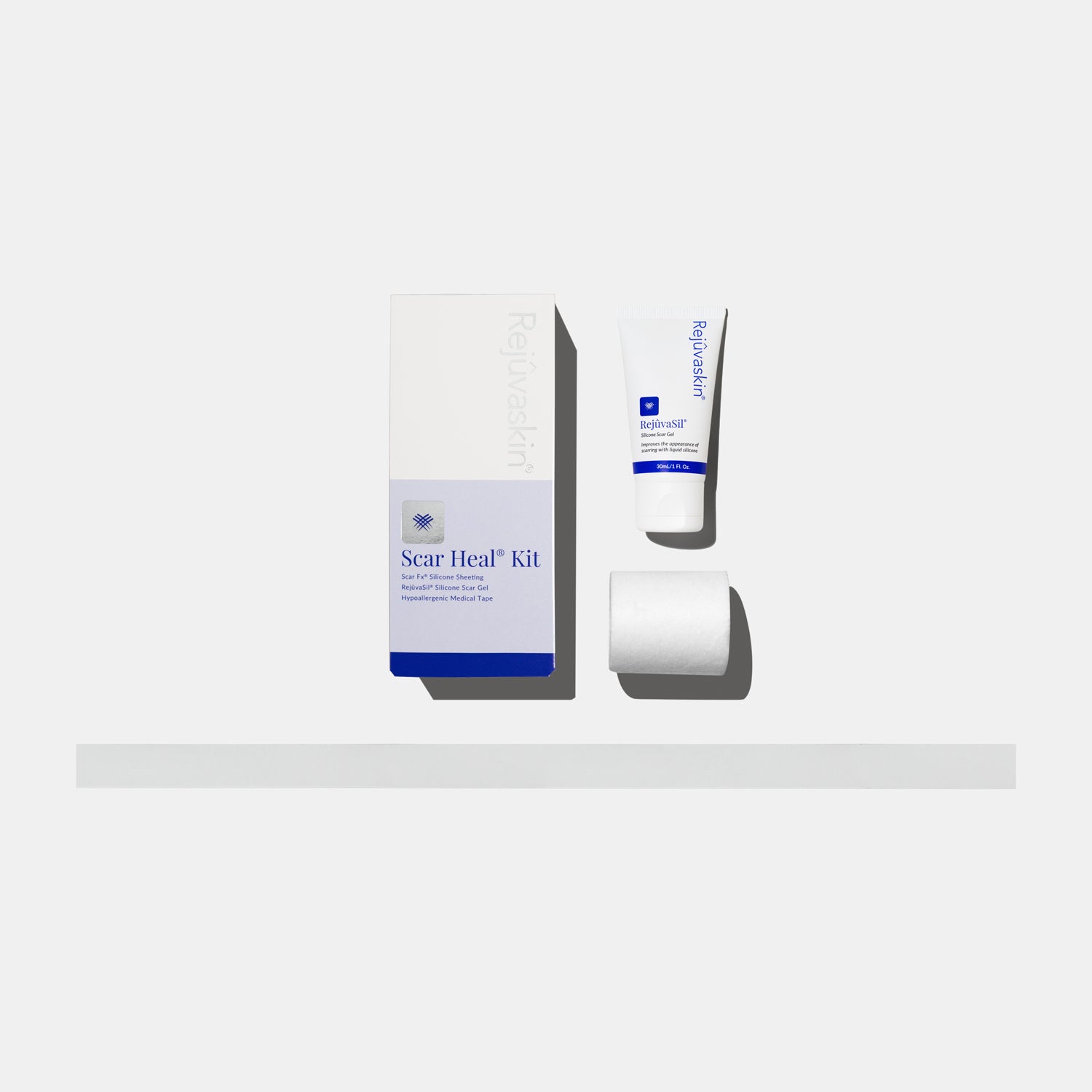


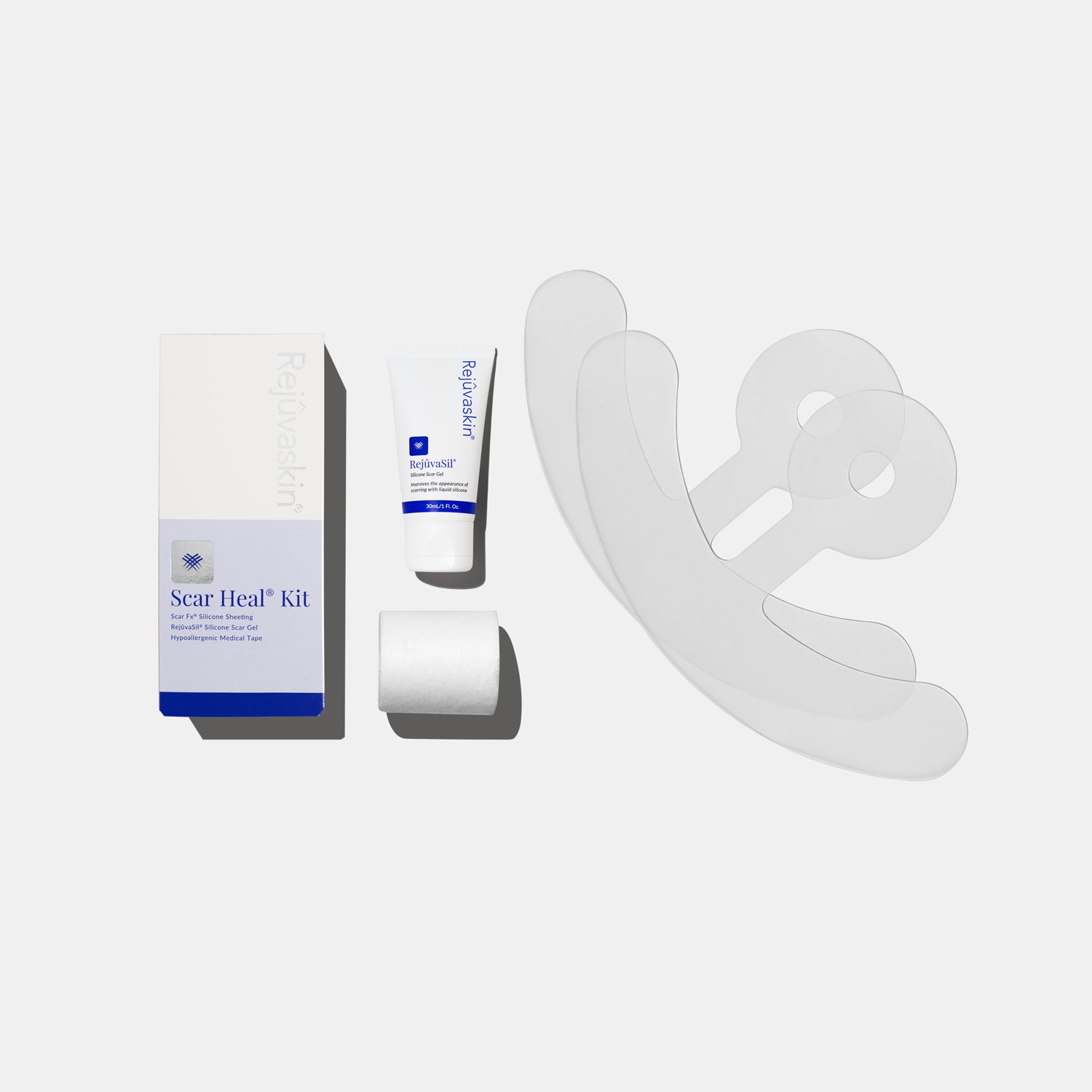
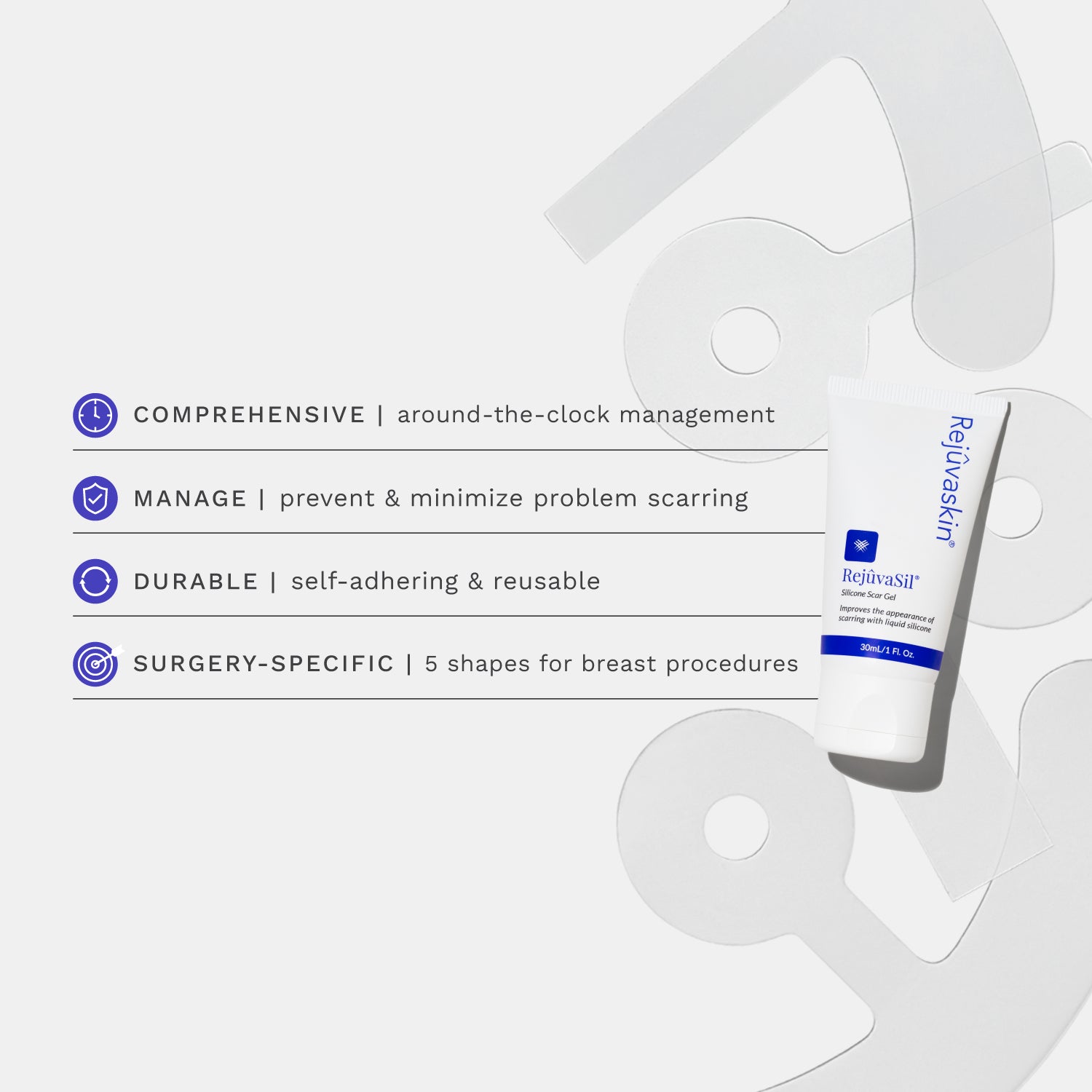
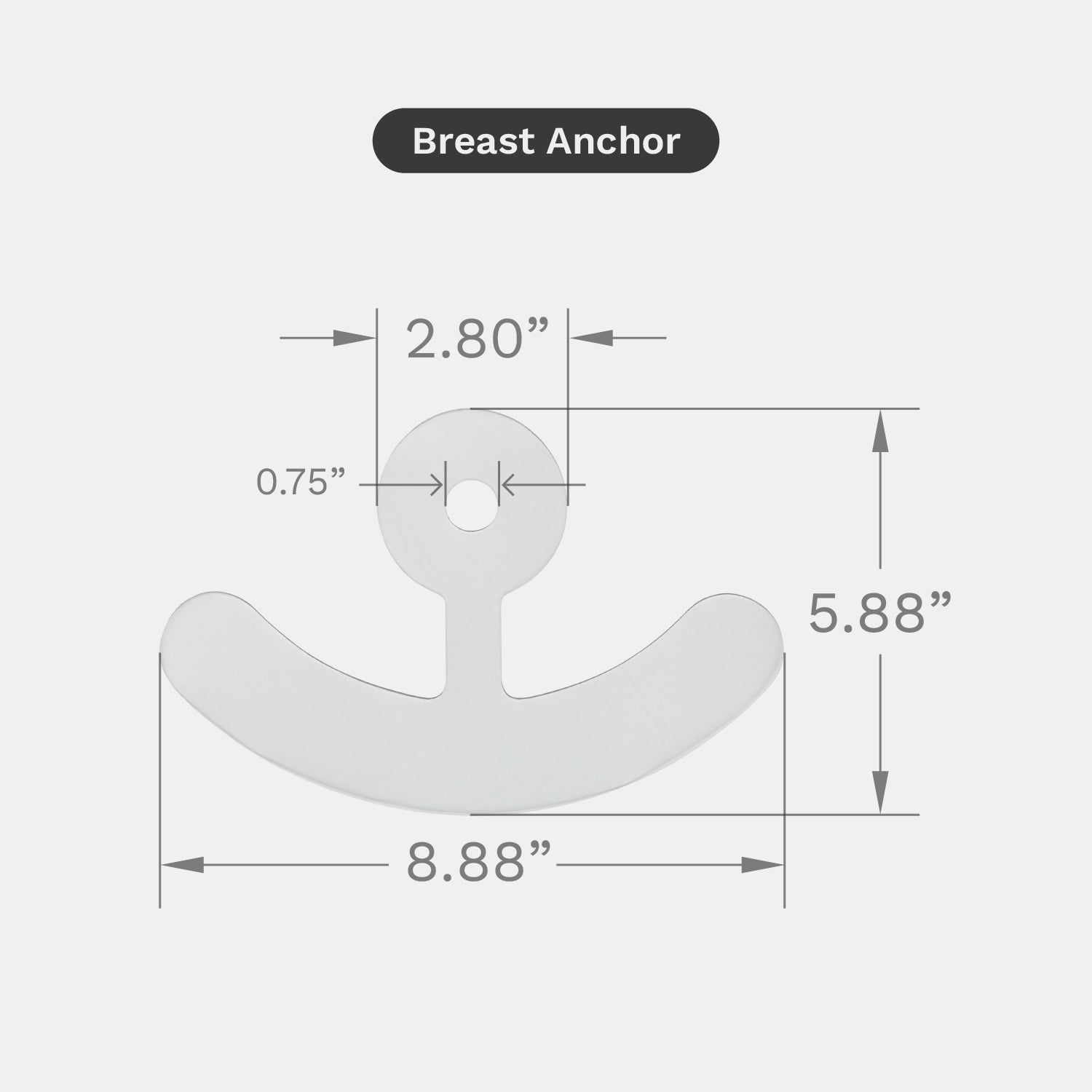
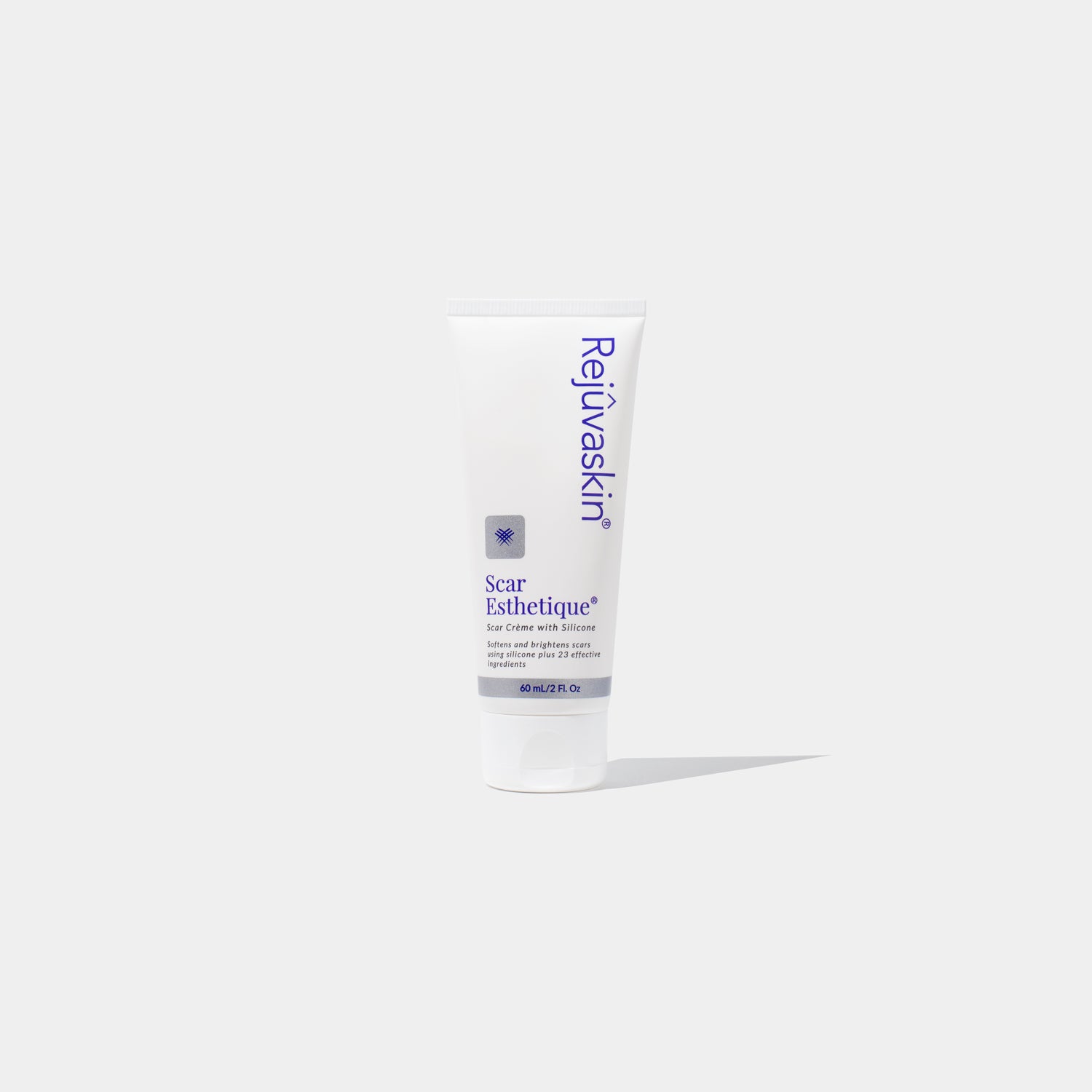
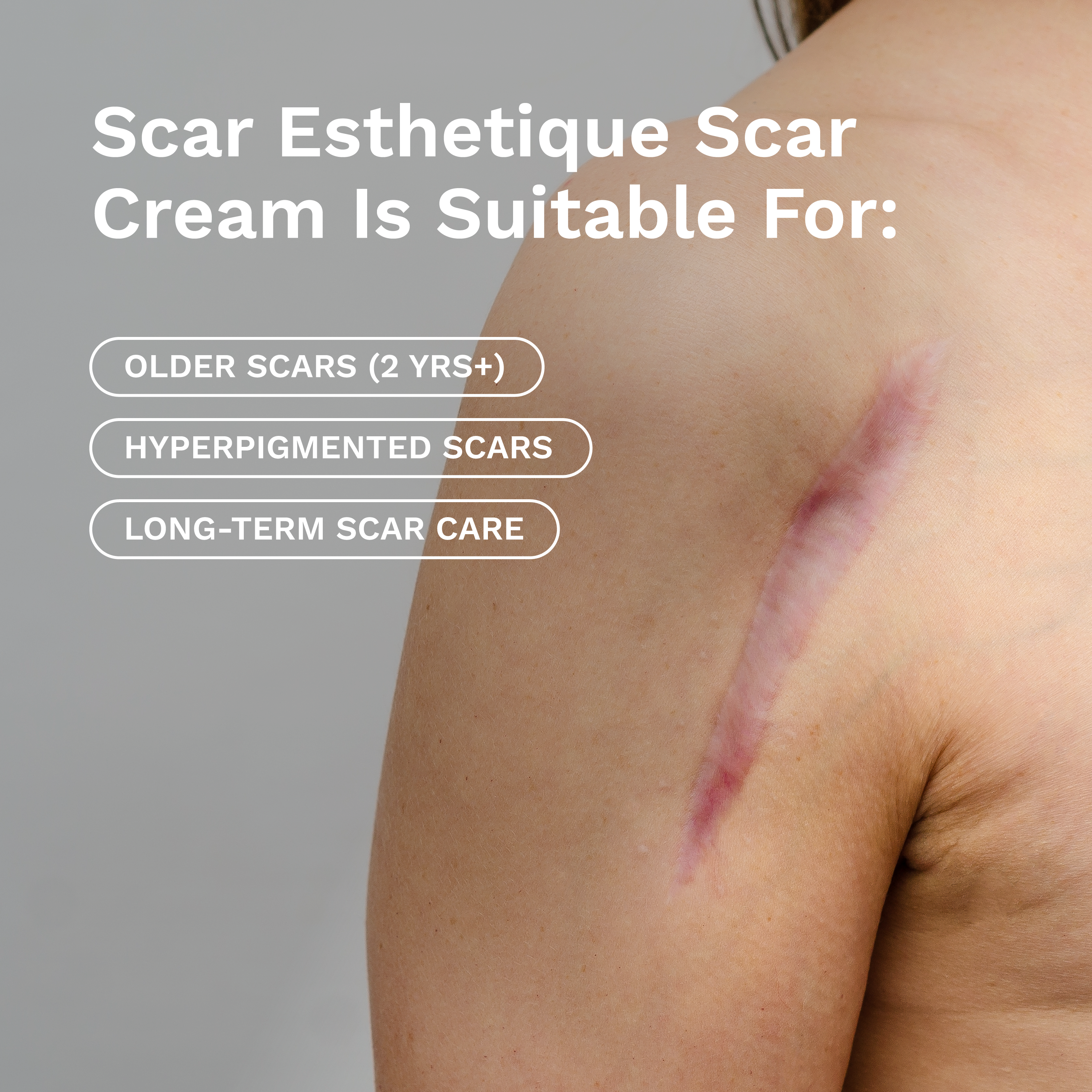








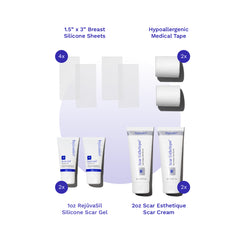
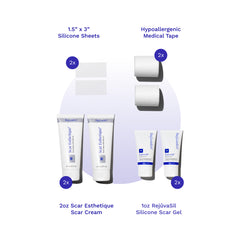

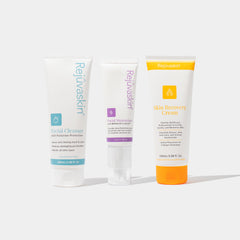

Leave a comment